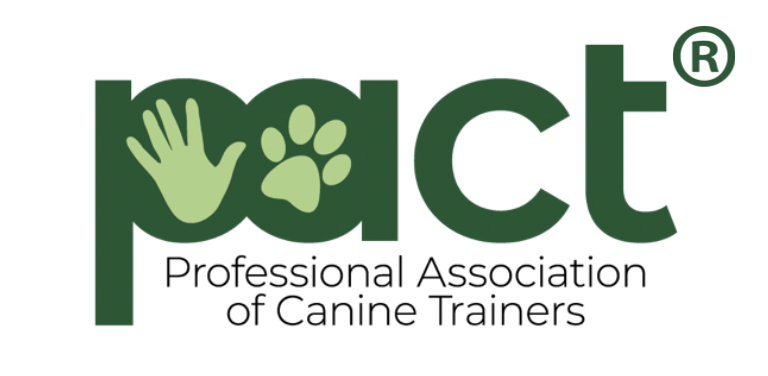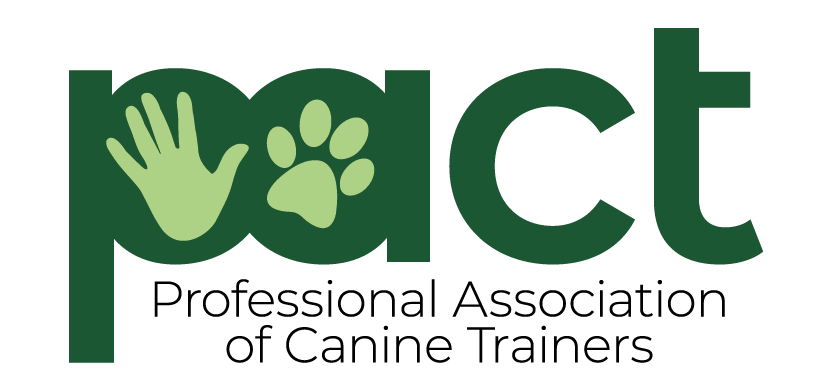Strictly Come Dogging
Okay so probably the WORST blog title yet and I was very torn between this title and “How Body Awareness Transforms Your Relationship with Your Dog”. Ultimately the funny one won and it did get your attention right?!? Now I’ve got you let’s talk dancing… and, of course, Dogs. I like so many other have recently got into watching Strictly Come Dancing. It all started when I recently went back to Southampton and was “forced” to watch it as I was staying with my family. I have such an impressionable personality along with being a sucker for a narrative that it only took one watch to get me hooked (this is exactly why I avoid video games and soap operas as though my life depended on it). There was certainly something about the stories of these celebrities and their professional partners sashaying into my soul that has seen me even googling dance lessons for gawds sake! Although I never did book those dance lessons (thank the stars) this is testament to just how inspiring television like this can be.
Parallels between Strictly and Dog Training
As ever when watching the show I started to see the parallels with dog training. The obvious similarity starts on the human side of training and is in the exemplary coaching skills of the professionals. How these people can take someone, who perhaps has little to no dance experience, and transform them in just one week into a Pasodobleing, Quick Stepping, American Smoothing wonder is just incredible. There must be lots we could learn from this. The other comparison I find even more, subtle interesting and “dog-centric. This comparison requires us to look a little deeper at a subject many don’t realise about dog training and end up neglecting… It is a dance!
The pitfalls of not being mindful about our movement
Working with a dog requires intensive body awareness. We all have such a big responsibility to know what our body is doing, and more importantly, what our body is “saying” to our dogs. How often have we observed, well meaning, people in parks, pubs and public spaces rushing towards a dog energetically getting in their bubble? Needlessly adding a bucket load of confusion and apprehension to a greeting as well as making the likelihood that dog will want to interact with them next time very low. How often do we see recalls “rewarded” with an aversive head rub that will eventually lead to a reduction in behaviour that, to the uninitiated, seems to come “out of nowhere”?
Learn to “dance” from the professionals
In fact if you are to look at some of the most advanced trainers out there you’ll notice a couple of things that differentiate them from beginners are 1. The ability to react and change on the fly and 2. A wonderful ability to know exactly where they are and what they are communicating to a dog through their body language and movements. Seasoned trainers know that when developing that, all important, initial relationship we are wise to keep still, turn away slightly and offer space for the doggy dance partner to build their confidence. Simplicity in movement will help you engage meaningfully. I often find that guardians seem confused as to how little I’ll interact with their dog upon first meeting them.
Developing “dance” skills
When it comes to new trainers, some have a wonderful innate skill when it comes to this. I’ve seen PACT students, with little experience training seemingly navigate a play session with dogs in a way that would even get Craig Revel Horwood to pull out an elusive ten. However, If you’re anything like me, then you will have to develop this skill over time. I remember when I started failing miserably at this idea. I had two left feet and stumbled around like a drunk man bouncing around in a nightclub to the last song of the night. Over time, however, I watched the trainers around me. I noticed how subtle little drops of the shoulder could effect the way a dog moved around the agility equipment, how space was key in building those relationships and even how, once you had a relationship with a dog (albeit be it your own or a clients) that maintaining an awareness of each of our dance space was both preferred and even respectful. All this requires a very conscious and mindful approach to how you move. This also requires practice and patience and you’ll mess it up over and over again but, stick with it. It will pay off massively.
Be present and be successful
If you partake in watching Strictly you’ll have noticed a pattern. The judges are initially always talking about technique, the “how’s” and “what’s” are being performed. Once the partners on the show have the technique down, you’ll notice an interesting shift from the judges. They’ll talk less about the technique and more about the emotion of the dance and how it made them feel. They’ll be free to asses the story that is unfolding in the performance. You only get to this through understanding the art of training and learning the dance. So here is a challenge. If you train dogs film yourself, watch it back, notice the movement. Assess what the dog likes and what they don’t. Approach each training session with respect and presence and soon you’ll be scoring tens all the time.






